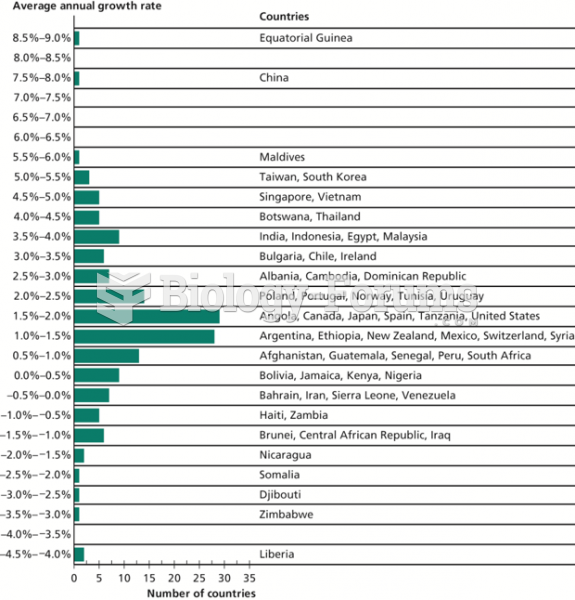Answer to Question 1
b
Answer to Question 2
Three factors are important in determining the gendered division of labor in a society:
(1) the type of subsistence base, (2) the supply of and demand for labor, and (3) the extent to which women's child-rearing activities are compatible with certain types of work. The earliest known division of labor between women and men is in hunting and gathering societies. While the men hunt for wild game, women gather roots and berries. A relatively equitable relationship exists because neither sex has the ability to provide all the food necessary for survival.
In most of these societies, women are full economic partners with men; relations between them tend to be cooperative and relatively egalitarian. Social practices contribute to gender inequality in horticultural and pastoral societies. In horticultural societies, a steady source of food becomes available. Women make an important contribution to food production because hoe cultivation is compatible with childcare. A fairly high degree of gender equality exists because neither sex controls the food supply. In agrarian societies, gender inequality and male dominance become institutionalized. Because agrarian tasks require more labor and greater physical strength, men become more involved in food production. It has been suggested that women are excluded from these tasks because they are viewed as too weak for the work and because child care responsibilities are considered incompatible with the full-time labor that the tasks require. As societies industrialize, the status of women tends to decline further. Industrialization in the United States created a gap between the nonpaid work performed by women at home and the paid work that increasingly was performed by men and unmarried girls. Men were responsible for being breadwinners women were seen as homemakers. In this new cult of domesticity, the home became a private, personal sphere in which women created a haven for the family. In postindustrial societies, the division of labor in paid employment is increasingly based on whether people provide or apply information or are employed in service jobs such as fast-food restaurant counter help or health care workers. Formal education is increasingly critical for economic and social success.







